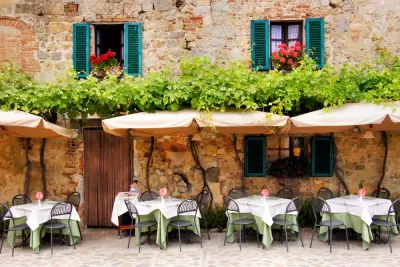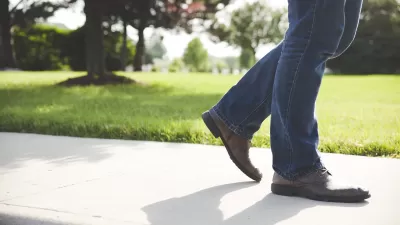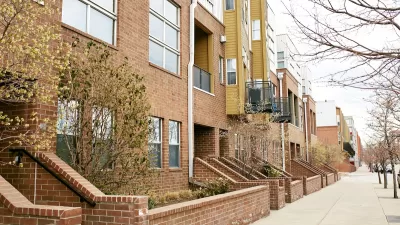Sidewalk-adjacent eating spaces generally separate diners from pedestrians. By using markers instead of fences, some Seattle eateries are opening their dining areas to the street.

To fence or not to fence? Stephen Fesler discusses a Seattle Department of Transportation initiative promoting fence-free cafes. "Sidewalk cafés are a traditional element of right-of-way use that goes back centuries. They provide for street activation and can be a reasonable use of excess space in the public realm."
In part, regulations around how establishments serve liquor determine whether they can go fence-free. "The fence-free sidewalk cafés came about as an option in response to changes by the Washington State Liquor and Cannabis Board that allows restaurants to serve alcohol on sidewalks as long as pavement makers clearly identify the bounds of the sidewalk café."
Of course, the prospect of an unfenced outdoor dining experience may not be to everyone's liking. Fesler writes, "Some sidewalk café patrons may not be terribly keen on passerby walking so closely by–but such is the life of a busy, dense urban environment."
FULL STORY: Seattle’s Sidewalk Café Are Going Fence-Free

Alabama: Trump Terminates Settlements for Black Communities Harmed By Raw Sewage
Trump deemed the landmark civil rights agreement “illegal DEI and environmental justice policy.”

Planetizen Federal Action Tracker
A weekly monitor of how Trump’s orders and actions are impacting planners and planning in America.

The 120 Year Old Tiny Home Villages That Sheltered San Francisco’s Earthquake Refugees
More than a century ago, San Francisco mobilized to house thousands of residents displaced by the 1906 earthquake. Could their strategy offer a model for the present?

Indy Neighborhood Group Builds Temporary Multi-Use Path
Community members, aided in part by funding from the city, repurposed a vehicle lane to create a protected bike and pedestrian path for the summer season.

Congestion Pricing Drops Holland Tunnel Delays by 65 Percent
New York City’s contentious tolling program has yielded improved traffic and roughly $100 million in revenue for the MTA.

In Both Crashes and Crime, Public Transportation is Far Safer than Driving
Contrary to popular assumptions, public transportation has far lower crash and crime rates than automobile travel. For safer communities, improve and encourage transit travel.
Urban Design for Planners 1: Software Tools
This six-course series explores essential urban design concepts using open source software and equips planners with the tools they need to participate fully in the urban design process.
Planning for Universal Design
Learn the tools for implementing Universal Design in planning regulations.
Clanton & Associates, Inc.
Jessamine County Fiscal Court
Institute for Housing and Urban Development Studies (IHS)
City of Grandview
Harvard GSD Executive Education
Toledo-Lucas County Plan Commissions
Salt Lake City
NYU Wagner Graduate School of Public Service





























